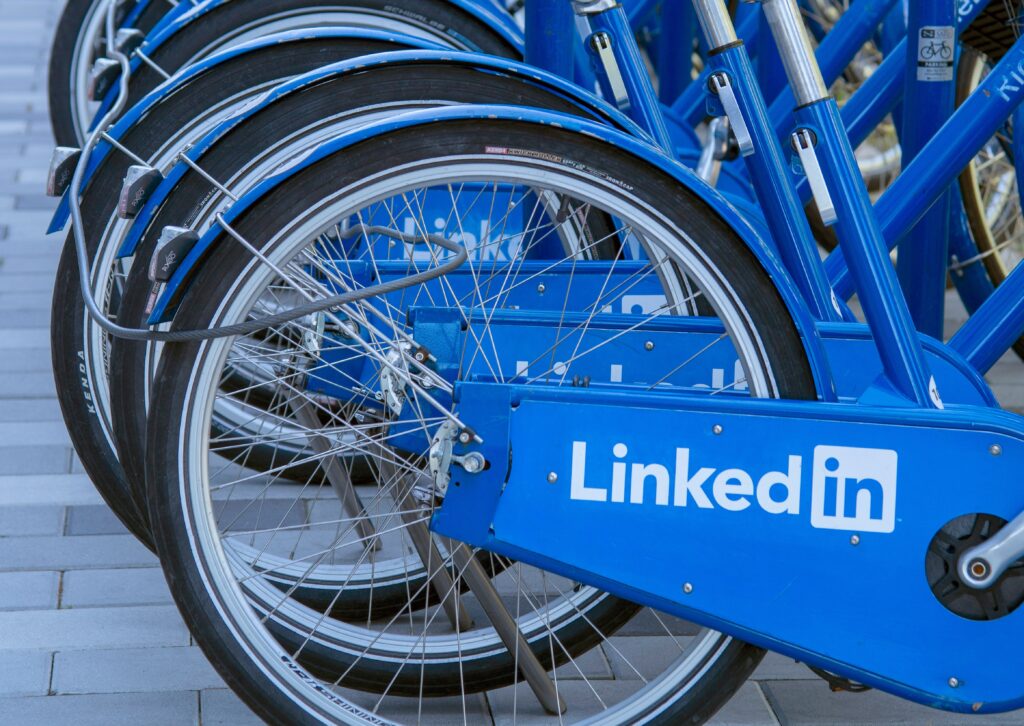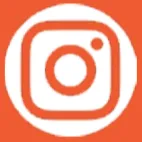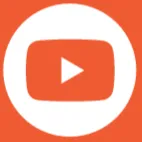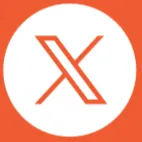If you’re in the business of B2B software, LinkedIn just made generating high-quality leads a whole lot easier!
In today’s digitally driven world, it’s no secret that access to technology has produced a legion of savvy shoppers. In fact, 87% of buyers conduct online research before making a purchase. Therefore, providing prospects access and insight into your goods inevitably bolsters your sales and success. In this article, we explain how using LinkedIn Product Pages to showcase your merchandise boosts your brand and your bottom line.
Product Pages
Since LinkedIn is a social network, the goal of product pages is to build a community of customers who generate interest and conversation around your brand and solutions. Displayed as a dedicated tab on your business profile, your product page is where ratings and reviews from current customers live. Plus, you can further customize your page with product images, descriptions, videos, and a call-to-action button.
Additionally, product pages allow you to target the job titles that benefit most from your merchandise. As an example, if you sell dental imaging software, you could target dentists, orthodontists, periodontists, and oral and maxillofacial surgeons. Hands down, product pages are an effective and efficient way of reaching your potential customers in a sea of more than 722 million professionals.
Featured Customers
Once you’ve created a product page, the tab will appear for members who come across your business profile. Found within the product page is a section for featured customers, highlighting the pages of people who already use your goods. In this section, those who have tried your merchandise use a rating system – or free-form reviews – to provide feedback on their experience with your company. These reviews remain public for all to see on your page. Keep in mind that endorsements from real users are the best form of advertising, so be sure to engage with those who rate and review your products. Also, many potential buyers factor customer service into their buying decisions, so make sure they see how great yours is!
Best Practice
LinkedIn offers three types of pages, so it’s important to know whether or not a product page is right for your business:
Goal |
Best For |
Necessary Resources |
| To build a trusted community of advocates and experts around a specific product that you sell | Mid-funnel marketing Connecting prospects to experts Generating leads Cultivating VoC |
3-5 hours for setup 2-5 hours for monthly maintenance. |
Page Setup
In order for your product page to do its job, it needs to be set up properly. An incomplete page (or one with incorrect information) can actually do more harm than good. Also, it’s important to know that some of the information contained on your page is pre-populated by LinkedIn based on current industry standards. If you disagree with how LinkedIn classifies your products, you can request changes:
- Product name (pre-populated by LinkedIn)
- Product category (pre-populated by LinkedIn)
- Product logo
- Upload a product-specific logo. If you don’t have one, use your company logo.
- Upload a square (1:1) image — images are automatically resized to fit a square, so your logo could become distorted if not properly sized.
- CTA Button
- Contact Us
- Download Now
- Get Started
- Learn More
- Request Demo
- Try Now
- CTA URL
- Make sure your landing page matches your CTA.
- Product Description
- Add 1-2 paragraphs (500-character limit) telling visitors what your product does for their business.
- Clear, concise, user-focused descriptions resonate best.
- If you have multiple products, you’ll be given a product list page, listing merchandise in alphabetical order.
- Website URL
- Use your company website URL or repeat your CTA URL
-
- Use a shorter vanity URL if the actual URL is too long.
- Maximize traffic to your landing page, by repeating the CTA URL
- Drive awareness of your brand or full product portfolio by using your company website URL.
-
- Product Users
- Add the target audience for the product by choosing up to 10 job titles or indicate that your product is for everyone.
- Be comprehensive when adding target users as it impacts how your product shows up in LinkedIn search results.
- Visual Assets
- Upload five files (videos and images).
- Recommendations:
-
- Use a mix of three videos and two static images — members respond better to video content.
- Create a brand video, a product demo video, and a customer testimonial video to cater to all visitors.
- Keep videos short and to the point (videos that are 3 minutes or less perform best)
- Make sure videos are in mp4 format and include closed captions for mobile users.
- Drive excitement and interest by using a compelling image as the video preview frame.
- Host product videos on LinkedIn to ensure optimal user experience.
- Pick simple images that showcase broad use cases and top features.
-
- Customers
-
-
-
- Showcase the full breadth of your product by highlighting a mix of customers, spanning various industries and company sizes.
- Obtain customers’ permission before mentioning their company name and/or using their logo.
-
-
-
- Use your company website URL or repeat your CTA URL
Product Categories
Currently, product pages are only available for B2B software, though additional products will eventually be included. Click here for a complete list of acceptable software categories.
Considering creating a LinkedIn Product Page for your software? We’re always here to help! Contact us today.





